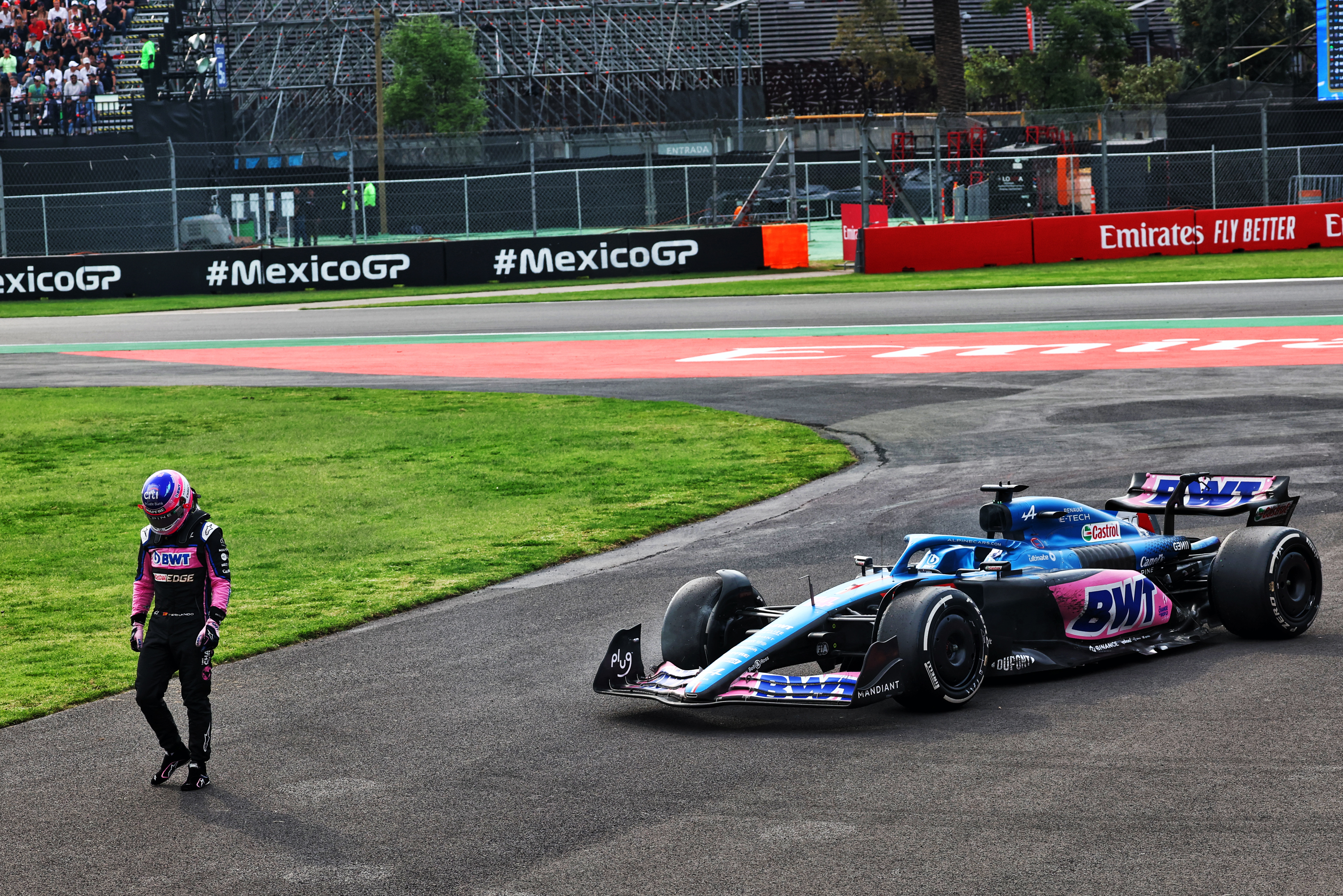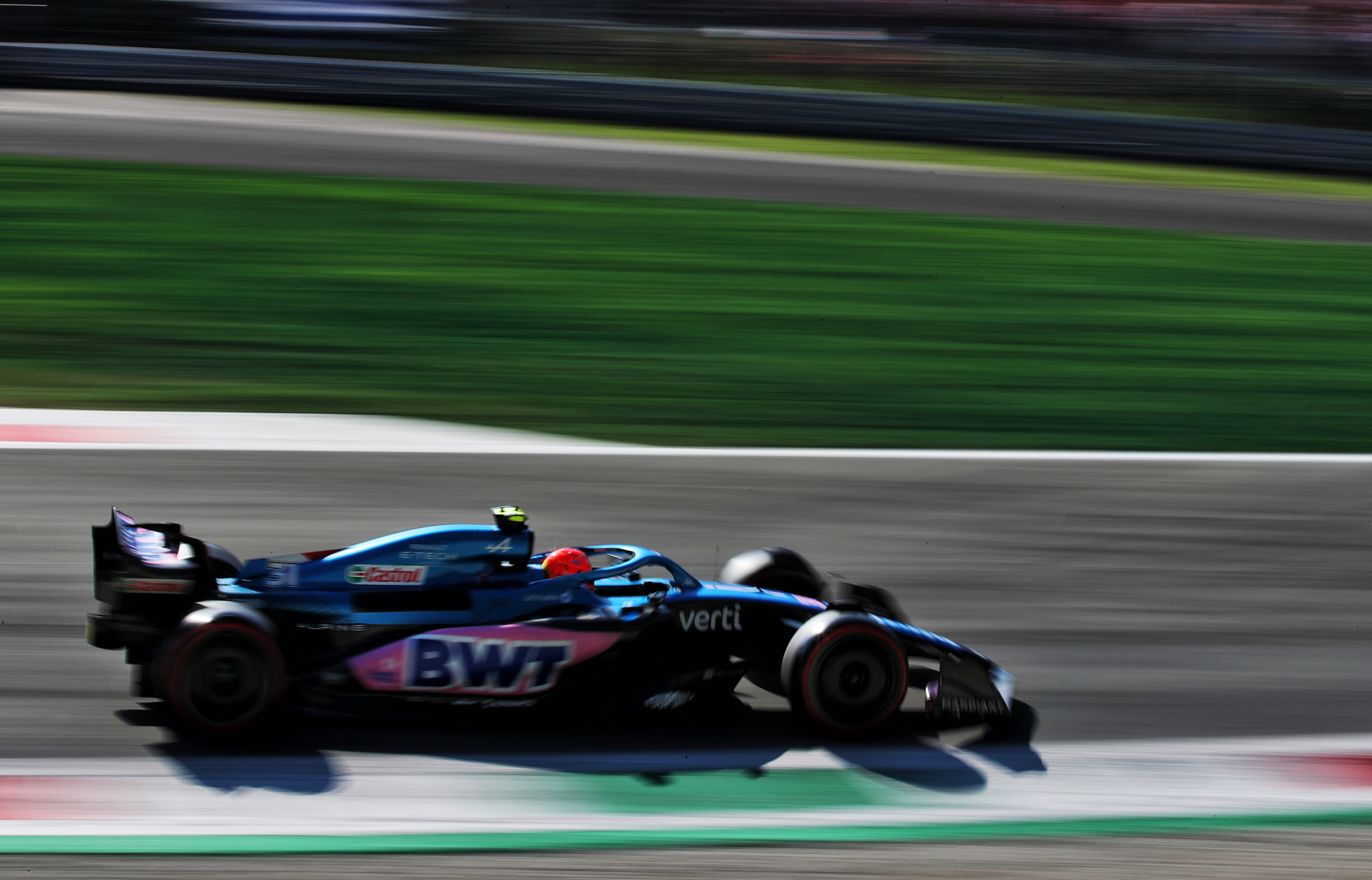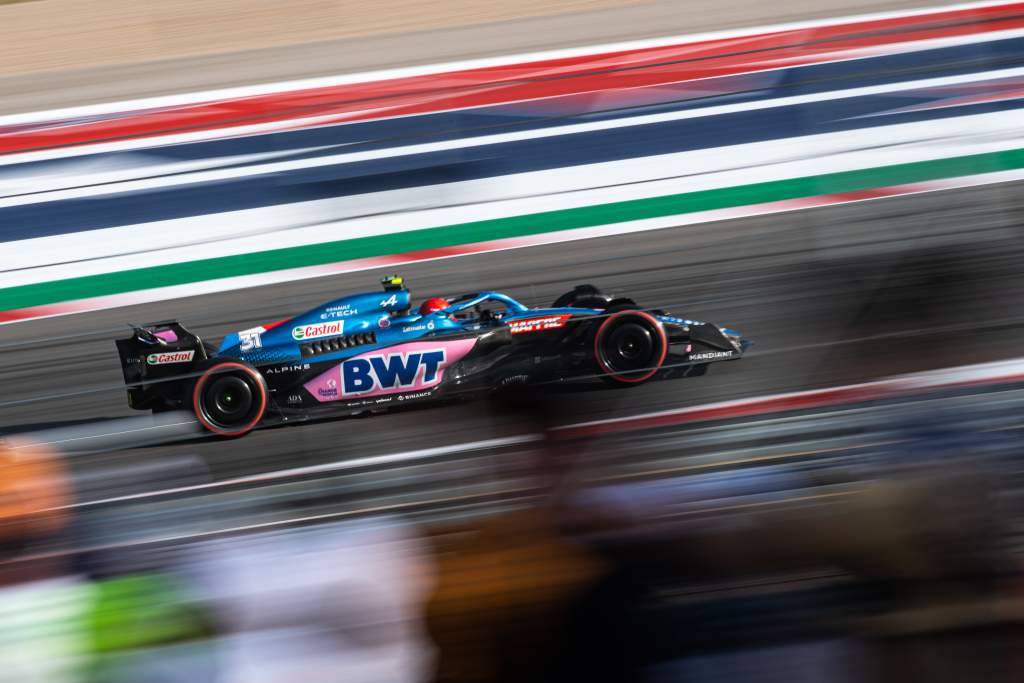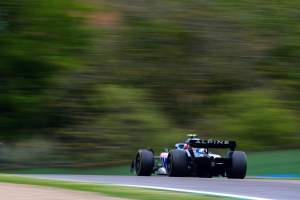Up Next

The 2022 Renault Formula 1 engine did not have a “full validation process” as Alpine pushed development as late as possible to make a major repackaging project work.
Alpine committed to a significant overhaul of the Renault power unit for 2022, when each F1 manufacturer had to homologate its engine specifications, and the only changes that can be made now must be specifically for reliability purposes.
The Renault was the weakest of the four engines in 2021 so it had to make the biggest step ahead of the freeze.
Its main change to achieve that was to repackage the power unit by splitting the turbine and compressor, a complicated solution that Mercedes pioneered at the start of the V6 turbo-hybrid era and Honda later adopted.
The original timeline for overhauling the engine had to be contracted to meet the 2022 homologation deadline but Alpine CEO Laurent Rossi pushed the Viry engine facility to be ambitious.
That meant Alpine accepted its 2022 engine could be fragile as the priority was to make a step in performance and then fix the reliability problems later.
The result was a much more competitive car and engine for Alpine, which finished fourth in the championship, although there were several retirements along the way – mainly on Fernando Alonso’s car, as the two-time world champion often pointed out.

Alpine Racing executive director Bruno Famin, who was appointed to lead the Viry division earlier this year when it was moved under the Alpine banner, told selected media including The Race: “We took quite a lot of risk.
“The risk we took is in trying to develop as late as possible the engine and taking the risk not to do the full validation process we could have done normally.
“We really wanted to push to the very last moment, and sometimes a bit too late because we had some issues.
“But we really wanted to push the maximum on the development side.
“We even introduced modifications to our engine very late before the start of the season.
“It is in that way we took some risks because I think our strategy was clear. It was to be back in the game in terms of the power unit and it has been achieved.”
When the 2022 car was launched at the start of the year, Alpine technical director Matt Harman claimed that repackaging the engine had given the chassis design team at Enstone more creative freedom.
Famin believes this season serves as proof that the “major changes” came with significant aerodynamic improvements.
He said the split turbo was the “most important change” in the engine itself and was also symbolic of something else.
“It’s evidence of the way we are working now with Enstone and Viry,” Famin said.

“We have not been working on the power unit itself, we’ve been working on the performance of the car.
“Of course, the performance of the PU is very important. But if we can have a gain on the aero, on the chassis side, by making some compromise on the PU side, we have done it on.
“We worked a lot on that in terms of integration, in terms of weight, in terms of cooling.
“That’s really the major change. It’s more than a change in the technical philosophy, it’s a change in the way of working with Enstone, in fact.”
This is a priority for Famin and the wider technical organisation at Alpine because it effectively marks a shift away from previously operating as two more distinct departments.
Embracing a more collaborative culture means prioritising the final product rather than obsessing over specific engine targets.
One example is that the Renault engine could have been slightly more powerful overall this year but that was traded off to achieve a better package.
There was still an obvious step for the power unit in pure performance terms, though, after a full review of the power unit and extensive changes beyond the overall packaging, including improving the internal combustion engine itself and the energy recovery system.
“We’re happy, very happy with the result,” said Famin.
“It’s a positive season because in terms of performance we really closed the gap.
“Renault was among the more significant differences between the different power units on the grid.
“Between the best and the worst, I think the difference has been divided by three or four compared to last year.
“We are very happy with that.”








